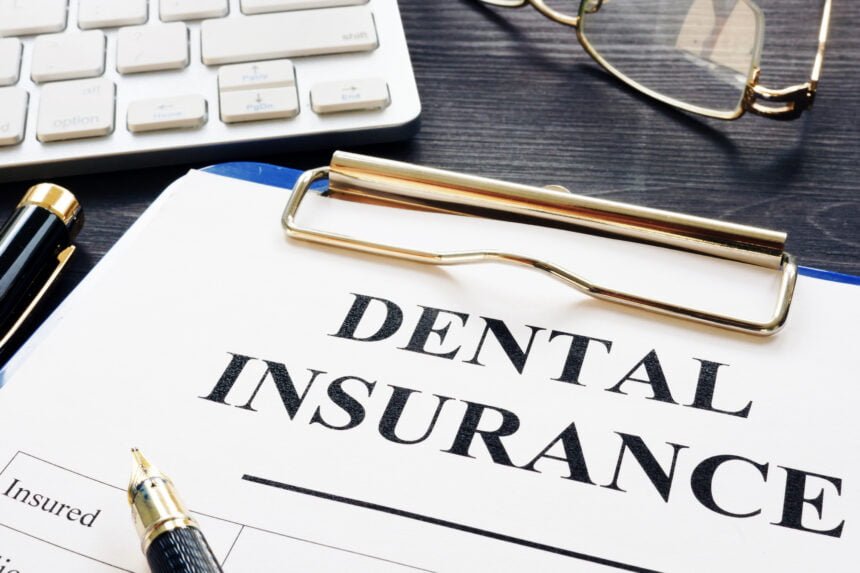Dental care is essential for overall health and well-being. Regular check-ups, cleanings, and necessary treatments can prevent more serious issues down the line. Unfortunately, these services can be costly without proper insurance coverage. This is why you need to choose the right dental insurance.
But, like other types of insurance, it can be a daunting task to navigate the world of dental insurance. With countless plans, deductibles, and coverage plans, it’s easy to feel overwhelmed. However, understanding your policy is the key to maximize your benefits.
To ensure you get the most out of your coverage, here are the things to know:
1. Know Your Plan Inside Out
Accepted dental insurances may vary widely, depending on various factors. So, knowing your dental plan inside out can make a difference. This will help you learn more about the surface-level benefits and understand the finer details that can influence your coverage.
Here are a few more aspects to consider:
- Annual Maximums: Many plans have an annual cap on how much they’ll pay. Knowing this limit can help you plan major procedures across calendar years to maximize benefits.
- Deductibles: This is the amount you pay out-of-pocket before your insurance kicks in. Familiarize yourself with your deductible, as it affects your overall treatment costs.
- Waiting Periods: Some plans include a waiting period before you can use certain benefits. Knowing if your plan has these can help avoid surprises when you schedule treatment.
- Cosmetic Exclusions: Understand what your plan considers ‘cosmetic,’ as these procedures are typically not covered. This knowledge helps set realistic expectations for out-of-pocket expenses on enhancements like teeth whitening or veneers.
By paying attention to these details, along with the coverage specifics for various procedures, you’ll be better equipped to use your dental insurance strategically, ensuring you get the maximum possible value from your plan.
2. Utilize Preventive Care

Emphasizing preventive care is critical to making the most of your dental insurance. Regular check-ups and cleanings do more than keep your smile bright—they’re crucial for catching potential issues early on.
Early detection often means simpler, less expensive treatments. By fully using your plan’s preventive care benefits, you’re safeguarding your health and preventing the need for costly procedures down the line.
3. Timing Is Everything
When it comes to dental care, timing can significantly impact your out-of-pocket costs. Most dental insurance plans operate on a calendar year basis, with benefits resetting at the start of each year. If you’re approaching the end of the year with unused benefits, consider scheduling any pending procedures to make use of them before they expire.
Conversely, if you’re nearing your plan’s annual maximum and have flexible treatment needs, pushing non-urgent procedures to the next benefit period can help spread out costs. This strategy requires careful planning and discussion with your dentist to prioritize treatments without compromising your dental health.
4. Choose In-Network Providers
Staying within your insurance plan’s network can lead to more substantial savings. In-network dentists have agreed to provide services at negotiated rates, which are typically lower than their regular fees.
It means lower out-of-pocket expenses for you and more efficient use of your benefits. Before scheduling an appointment, confirm that the dentist is in your plan’s network and understand how out-of-network charges might differ.
5. Understand Pre-Authorization
For certain procedures, your dental insurance may require pre-authorization. This process involves your dentist submitting a treatment plan to your insurance company for approval before starting treatment.
Pre-authorization helps ensure that the proposed services are covered under your plan and gives you a clear idea of what your insurance will pay. Taking this step can prevent unexpected expenses and help you plan your budget more accurately.
6. Utilize Flexible Spending Accounts (FSAs) or Health Savings Accounts (HSAs)
Leveraging FSAs or HSAs can significantly mitigate your dental care expenses, especially for treatments not fully covered by insurance. These accounts have unique benefits:
- Pre-Tax Savings: Contributions to both FSAs and HSAs are made with pre-tax dollars, reducing your taxable income. This translates into savings on the amount you set aside for dental care, effectively lowering the overall cost of treatments.
- FSA Flexibility: While FSAs are “use it or lose it” accounts, meaning you need to use the funds within the benefit year, many plans offer a grace period or allow a small amount to roll over to the next year. Use these funds for copayments, deductibles, or treatments like orthodontics, which might not be fully covered.
- HSA Rollover and Investment: Unlike FSAs, HSAs allow unspent funds to roll over year after year. Additionally, some HSA funds can be invested, potentially growing over time. It makes HSAs an excellent option for long-term dental health savings. They can cover a range of dental expenses, from fillings to braces, often making out-of-pocket payments more manageable.
By understanding and utilizing these accounts to their full potential, you can create a more comprehensive strategy for managing dental care costs, ensuring that you maximize your savings while maintaining optimal oral health.
7. Keep an Open Line With Your Dentist
Open communication with your dentist is vital. Discuss all treatment options, their costs, and how they align with your insurance coverage.
A good dentist will work with you to create a treatment plan that considers both your dental health and financial situation. This collaboration can help you use your benefits wisely and avoid unexpected financial strain.
Conclusion
Effectively navigating dental insurance takes effort but can lead to substantial savings and optimized use of your benefits. By employing these strategies, you can reduce dental care expenses and maintain optimal oral health.









